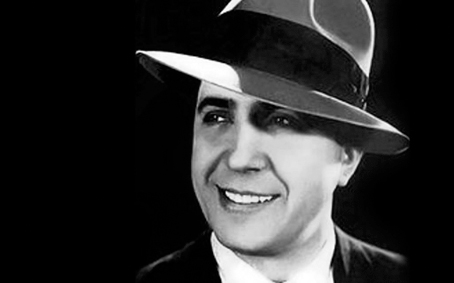
Receive this content
Argentina. Buenos aires
The visit starts at the National Tango Academy, where we'll learn about its rich history and its many legends and anecdotes. In a word, it will be a tribute to Tango, from its roots to the present. Next, we'll travel to San Telmo, where we'll enjoy a typical Tango snack at the mythical Café Dorrego. Then we'll head for La Boca, a working-class port district, where the largest part of the Italian immigration, mainly from Genoa, settled in the late 19th century. There, we'll visit its emblematic "conventillo" houses, communal homes where many families from different places (though united in poverty) used to reside crammed together. As Tango became more popular, it moved from the suburbs to the center, and thanks to popular theatre and the peak of the radio era, it gained enormous popularity, until it reached Corrientes Street, our very own Broadway, nicknamed "the city that never sleeps" for its frenetic activity. Since then, Tango has been considered Buenos Aires' cultural icon par excellence. When we're done walking down Corrientes Street (which, frankly speaking, is actually an Avenue), we'll visit the Palais de Glace, an elegant ballroom where the wealthy classes started to dance the tango; precisely, they are responsible for exporting tango to Europe. Finally, we'll visit the neighborhood of Abasto, where Gardel was born. Originally a suburb, and then one of Buenos Aires' ‘uglier' neighborhoods, it seems to keep fighting every effort made to clean its image and to include it in the mainstream tour circuit. The neighborhood, home of many Milongas were the purest form of tango is danced, still keeps its distinctive character, and you can still see kids playing soccer on the sidewalk and people sharing a popular mate on their doorsteps. We'll visit the house where Carlos Gardel used to live, recently declared national heritage, and the fascinating Pasaje Zelaya, where we'll see the murals painted by Marino Santa Marina to honor Gardel. You can choose to add a superb dinner & tango show at one of Buenos Aires' finest establishments; a Tango lesson at Carlos Copello's academy, where the best Argentine dancer teaches his students his every secret; or a visit to a Milonga, where you'll be able to experience Tango at its most authentic form.

